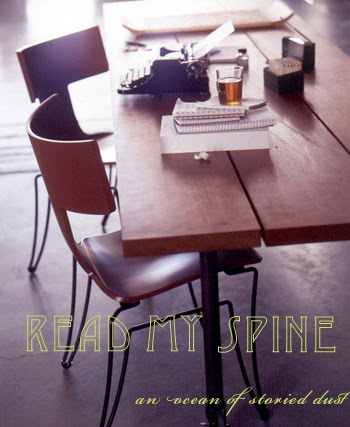Recently, two renowned architects' visions of conceptual museum space have created a buzz
in the art world: zaha hadid's monumental design for the freshly-completed
museo delle arti del secolo ventunesimo (MAXXI) and David Chipperfield's renovation
of the original structure and site at the Neues Museum in Berlin.
Each architect's design ultimately reflects two separate, yet vital directions in which
site-specific architecture is heading in the 21st century. The considerations of
the architects when conceptualizing the space seem tailor-made
for each site, resulting in sound construction that makes sense at the given location.
I. Dream Big, Build Bigger: Zaha Hadid and MAXXI

bend sinister: a detail inside MAXXI
A jolt of much-needed modernity enlivens the "eternal" city notorious for its classical
dimensions and ruins, Roma. Enter Maxxi, or the museo delle arti del xxi secolo,
Zaha Hadid's building-homage to arts contemporary and living,
amidst a setting renowned predominately for its archaeologia.
The project materialized in 1999, when Ms. Hadid beat 273 other architects and won
the international competition to design the publicly-funded, ambitious Maxxi.
231 million dollars --and one museum -- later, and it looks like the Italians are still
crazy for the enigmatic Anglo-Iranian "starchitect" and her futuristic design.
In her own words, Ms. Hadid describes the process of conceptualizing the museum space
as a perfect manifestation of making (the Greek poiesis) transformed into craft (techne):
”It was important to decide that we would keep some of the buildings
but not all of the buildings. And once that was decided we made certain studies
where the geometry which replaces the existing one should be octagonal, parallel, should be diagonal.
What began to appear was that a confluence of lines of many different geometries was operating on the site.
What was initiated was the idea of a very fluid formal interpretation of the programme.”
The result: a poetics of construction, massive, yet intimate, dominated by sensuous, curving lines
that seemingly empty out into the vast arteries of the neighboring streets and thoroughfares,
a reference to the very infrastructure binding us all.
Maxxi, the first museum in Italy dedicated to the art of the 21st century,
opens with a site-specific installation by one of Miuccia Prada's favored artists,
the German Tobias Rehberger.
II. Interpreting the Ruins: David Chipperfield and the Neues Museum

urbane decay: a gallery of the Neues Museum
"I do enjoy order. I think that architecture should be ordered--that is has to be readable."
Thus spoke David Chipperfield in a recent interview when asked if he considered himself a
neoclassicist, especially in reference to his renovation of Berlin's Neues Museum.
The comment proffers a glimpse of insight into the painstaking, six-year process undertaken
by Mr. Chipperfield and his team of reconstructing a site with visible signs of an
unstable past. The architect faced the arduous task of restoring a building severely damaged in WWII,
and subsequently left in disuse by the Eastern German regime, to splendor.
The result? Mr. Chipperfield and his associates have gently breathed new life into the Neues Museum, reconstructing rooms damaged by the blasts, yet also "working around"
certain cracks in the facade, leaving the building with readable traces
of its own traumatic history: the building site as palimpsest.
Ruinous elements of the building are meant to complement the newly constructed attributes: for example,
in the photo above, Chipperfield replaced a stairwell destroyed by a bomb with a simple, white
concrete staircase that takes on the dimensions and physical space of the room.
The building is fascinating, exposing the visitor to multiple narratives of
meaning, especially when viewed in terms of the cultural patrimony inside -- including the 2500+ Egyptian artifacts on display --and also the violent recesses of a country's past evident
on its walls. Let things fall apart, each seems to say.


No comments:
Post a Comment